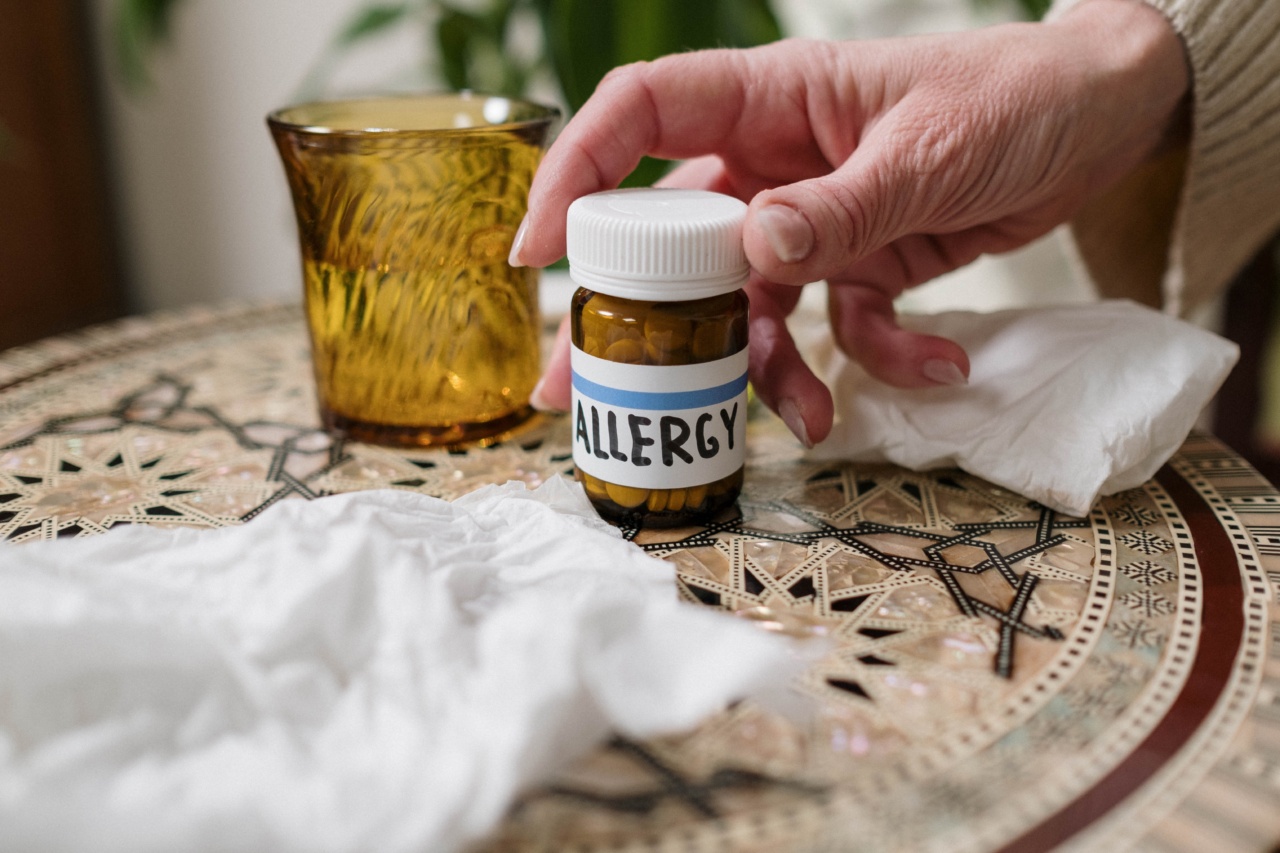Welcome to the comprehensive manual for children’s peanut allergy prevention specialists. This manual aims to provide you with the necessary knowledge and guidelines to effectively prevent and manage peanut allergies in children.
As a specialist in this field, it is crucial to stay up-to-date with the latest research and best practices to ensure the safety and well-being of your young patients.
Understanding Peanut Allergies
Peanut allergies are one of the most common food allergies among children. It is an immune system reaction triggered by the proteins found in peanuts.
Even small amounts of peanuts or peanut-derived ingredients can cause a severe allergic reaction, known as anaphylaxis, in some individuals.
Identifying Symptoms of Peanut Allergies
Recognizing the symptoms of peanut allergies is crucial in order to provide timely and appropriate interventions. Common symptoms include:.
- Hives or red, itchy skin
- Swelling of the face, lips, or throat
- Wheezing or difficulty breathing
- Tightness in the chest
- Abdominal pain, nausea, or vomiting
- Dizziness or fainting
Diagnosing Peanut Allergies
If you suspect a child has a peanut allergy, it is important to administer the appropriate tests to confirm the diagnosis. Common diagnostic tools include:.
- Skin prick test: A small amount of peanut allergen is pricked into the skin to observe any allergic reaction.
- Blood test: Measures the presence of specific antibodies (IgE) to peanuts in the blood.
- Oral food challenge: The child ingests controlled amounts of peanut under medical supervision to determine their reaction.
Preventing Peanut Allergy Reactions
Prevention is key when it comes to managing peanut allergies in children. Here are some important strategies to implement:.
- Strict avoidance: It is vital to educate both parents and children about the importance of avoiding peanuts and peanut-containing products.
- Reading labels: Teach parents how to read food labels carefully to identify potential peanut ingredients or cross-contamination risks.
- Emergency action plans: Develop individualized emergency action plans for children with peanut allergies, including instructions for administering epinephrine if an anaphylactic reaction occurs.
- School policies: Collaborate with schools and childcare facilities to implement peanut-free zones and educate staff on allergy management.
Managing Peanut Allergy Reactions
Despite the best prevention efforts, accidental exposure to peanuts may still occur. It is crucial to know how to manage allergic reactions promptly and effectively:.
- Recognize symptoms: Train parents and school staff to recognize symptoms of an allergic reaction and respond immediately.
- Administer epinephrine: Instruct parents and guardians on how to administer epinephrine using auto-injectors and provide them with a written emergency plan.
- Seek medical attention: Even if symptoms improve after administering epinephrine, immediate medical attention is necessary to prevent a secondary reaction.
Educating Parents and Caregivers
Supporting parents and caregivers in managing a child’s peanut allergy is essential for their overall well-being. Some key educational points include:.
- Building awareness: Educate parents about the risks associated with peanut allergies, potential sources of exposure, and how to respond in case of an emergency.
- Cooking and meal preparation: Provide guidance on safe cooking practices, alternatives to peanuts in recipes, and how to handle cross-contamination in the kitchen.
- Social situations and travel: Advise parents on navigating social events, dining out, and traveling to ensure their child’s safety.
Collaborating with Healthcare Professionals
As a peanut allergy prevention specialist, it is essential to collaborate with other healthcare professionals involved in a child’s care. This interdisciplinary approach ensures comprehensive support and seamless management:.
- Allergists: Work alongside allergists to confirm diagnoses, discuss treatment options, and update management plans.
- Dietitians: Consult with dietitians to ensure the child’s nutritional needs are met while avoiding peanuts.
- Educators: Collaborate with teachers, school nurses, and daycare providers to create a safe environment for children with peanut allergies.
Staying Up-to-Date with Research
Peanut allergy prevention and management are rapidly evolving fields. As a specialist, it is crucial to stay informed about the latest research, treatment options, and emerging therapies.
Attend conferences, participate in professional development activities, and engage with online platforms to stay current with the ever-changing landscape of peanut allergies.
Conclusion
With the increasing prevalence of peanut allergies among children, the role of peanut allergy prevention specialists is more important than ever.
By following the guidelines outlined in this comprehensive manual, you can become a more effective advocate for children’s health and well-being. Stay informed, educate others, and work collaboratively with healthcare professionals to ensure that children with peanut allergies can thrive in a safe and inclusive environment.































